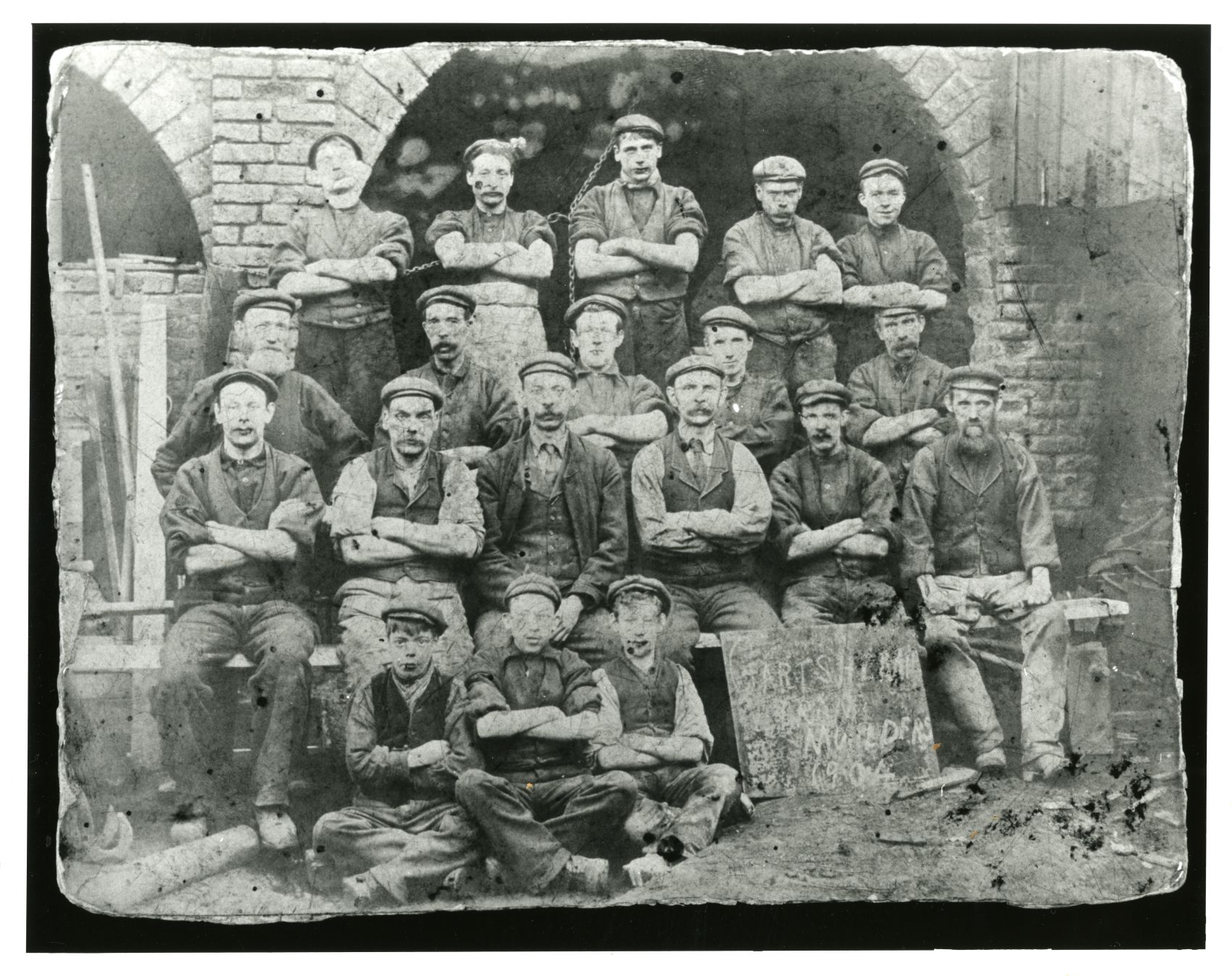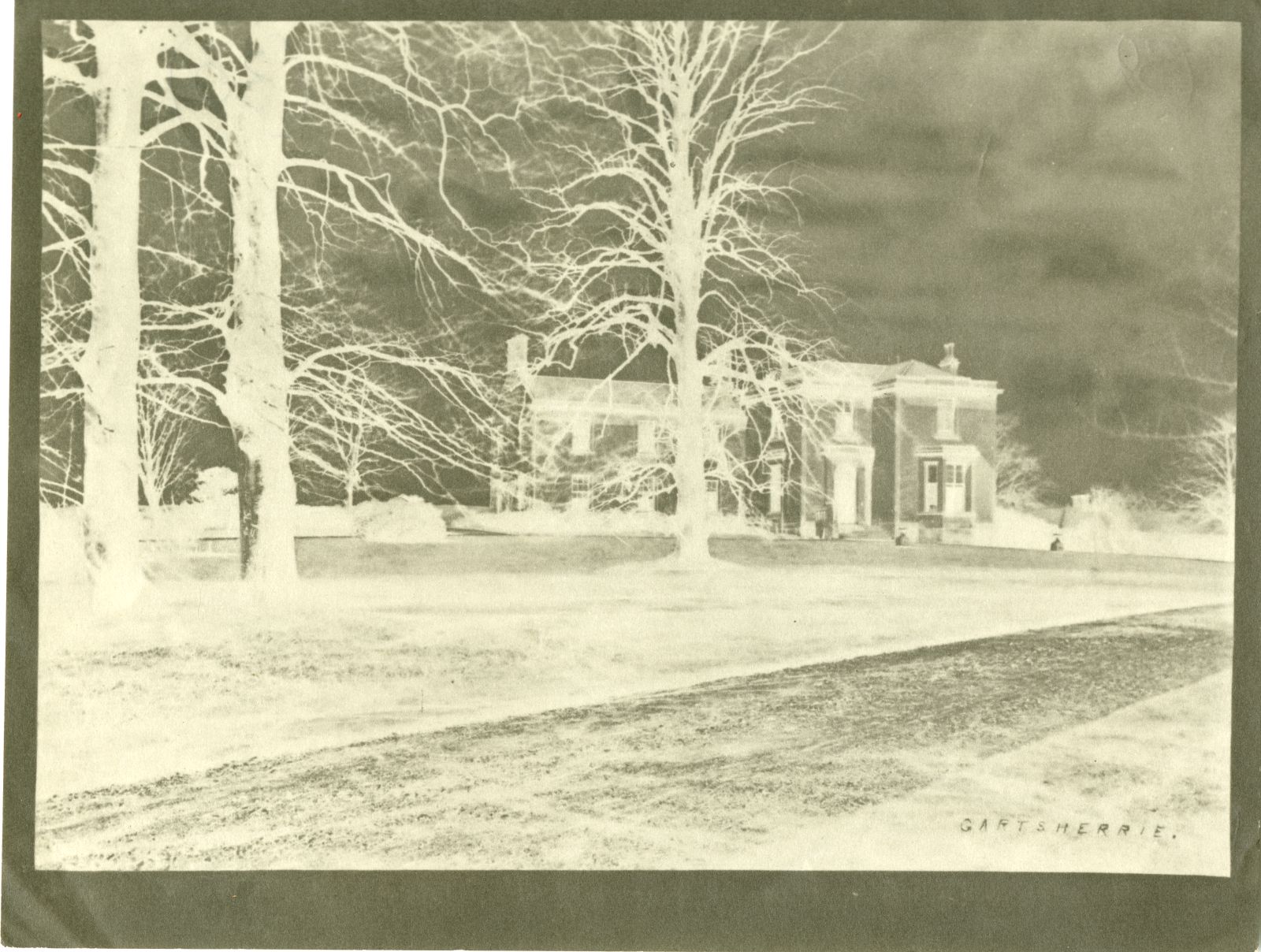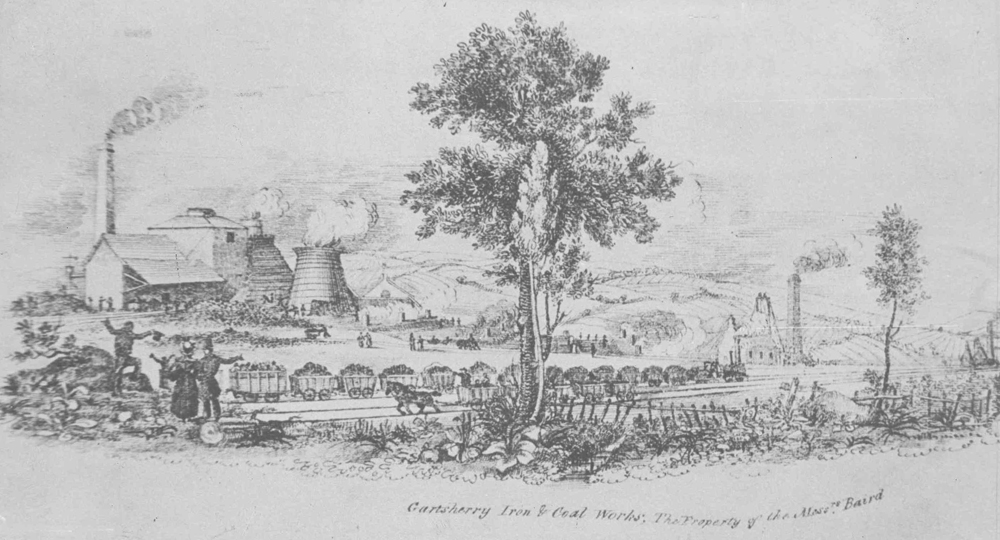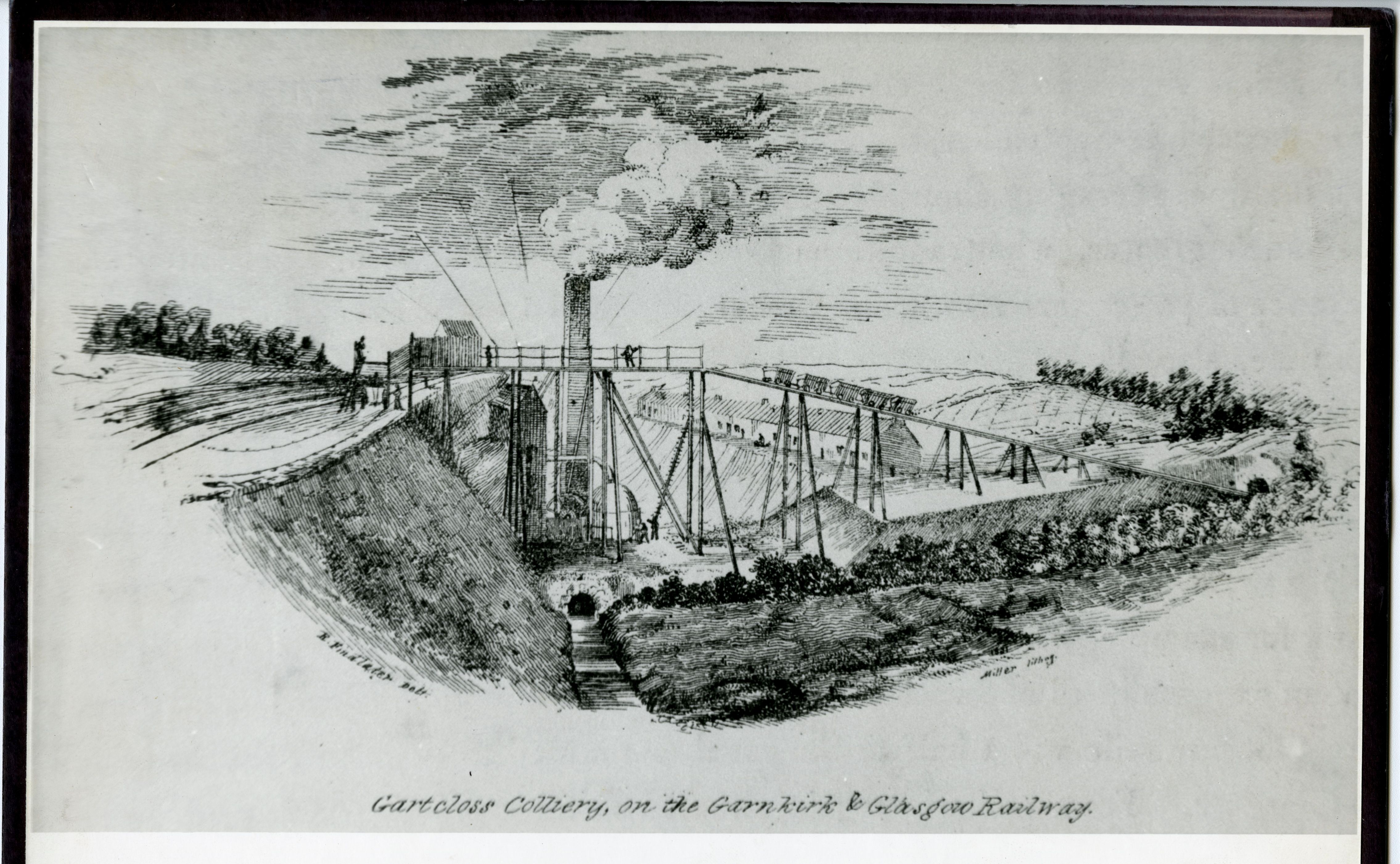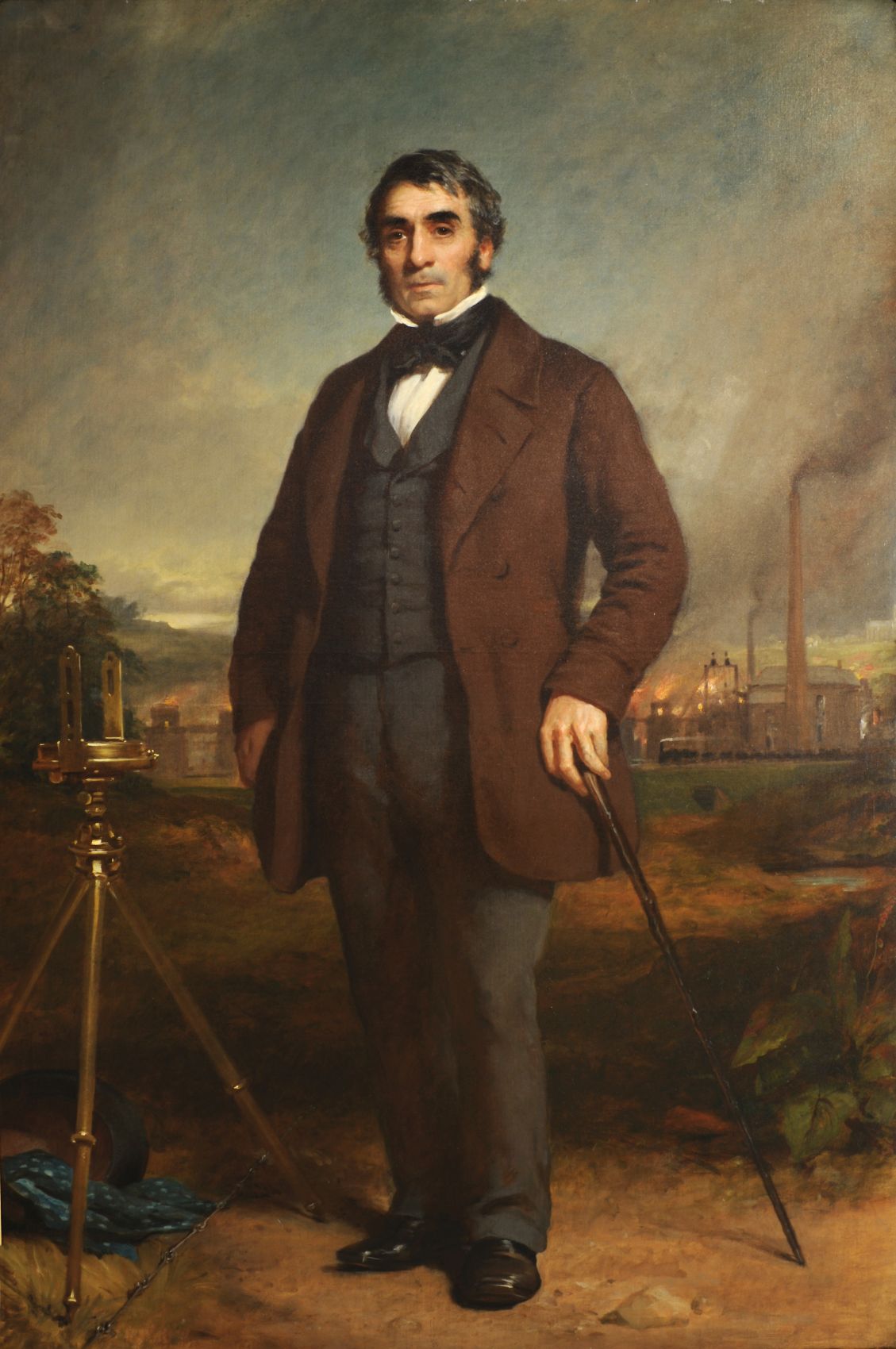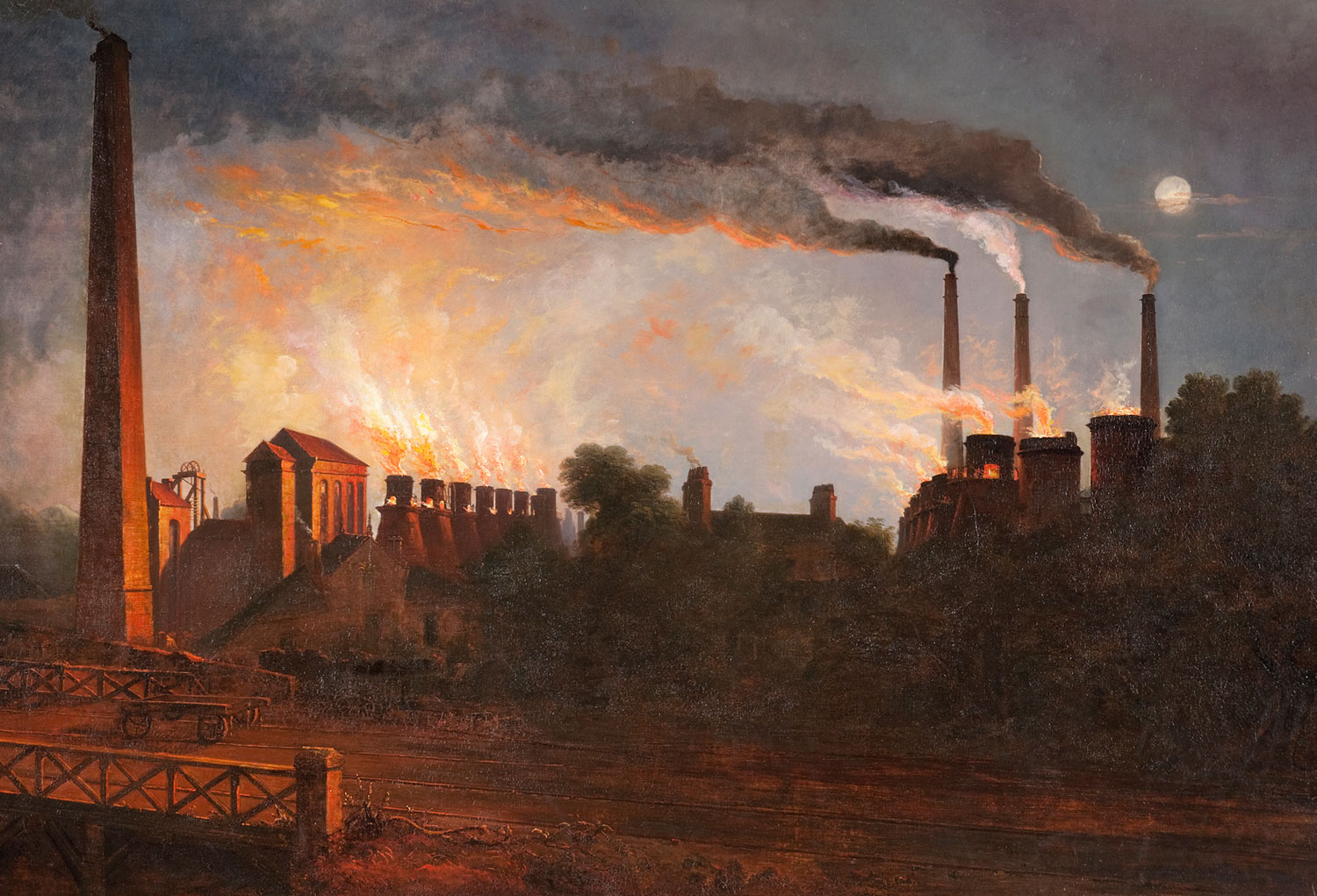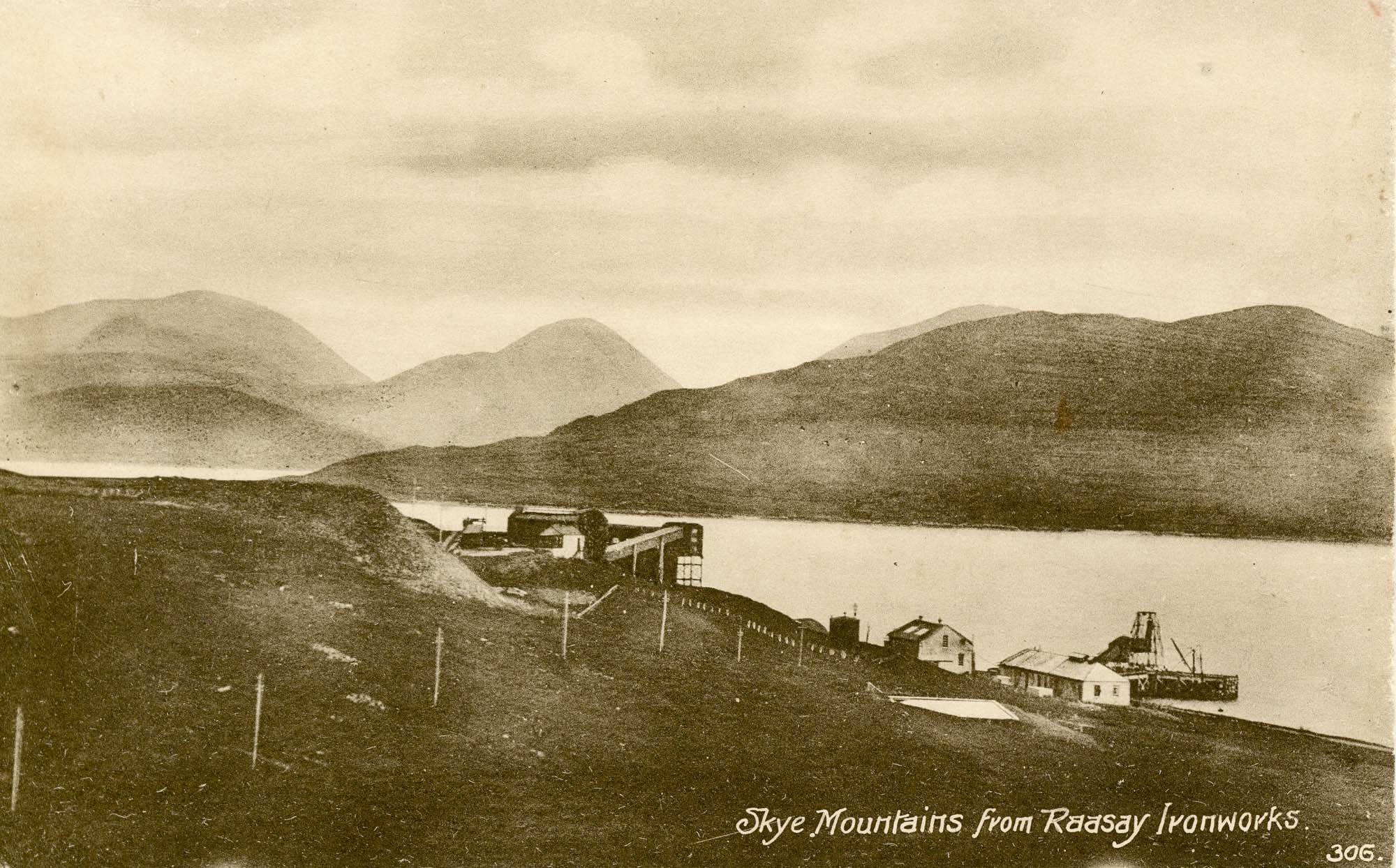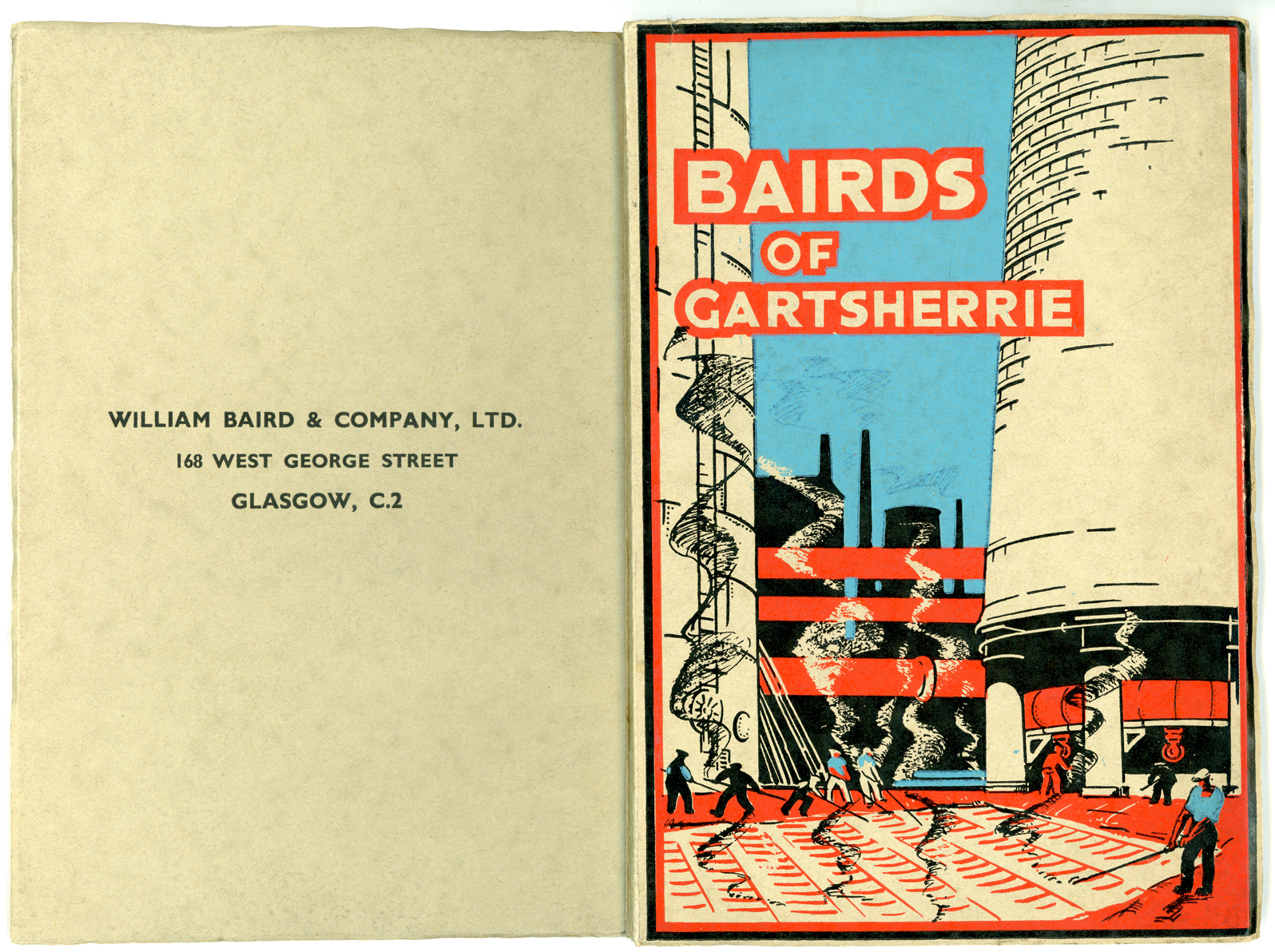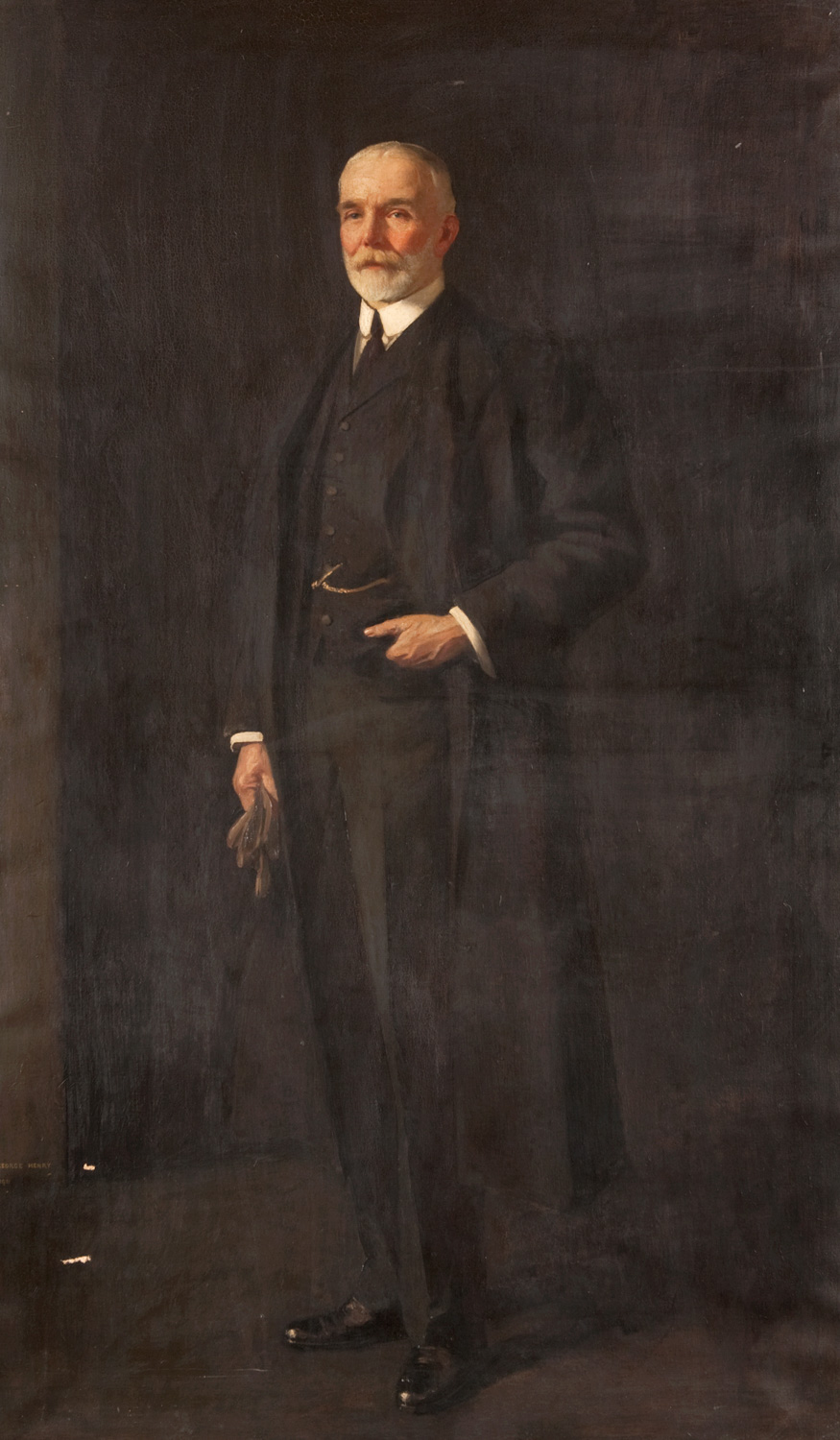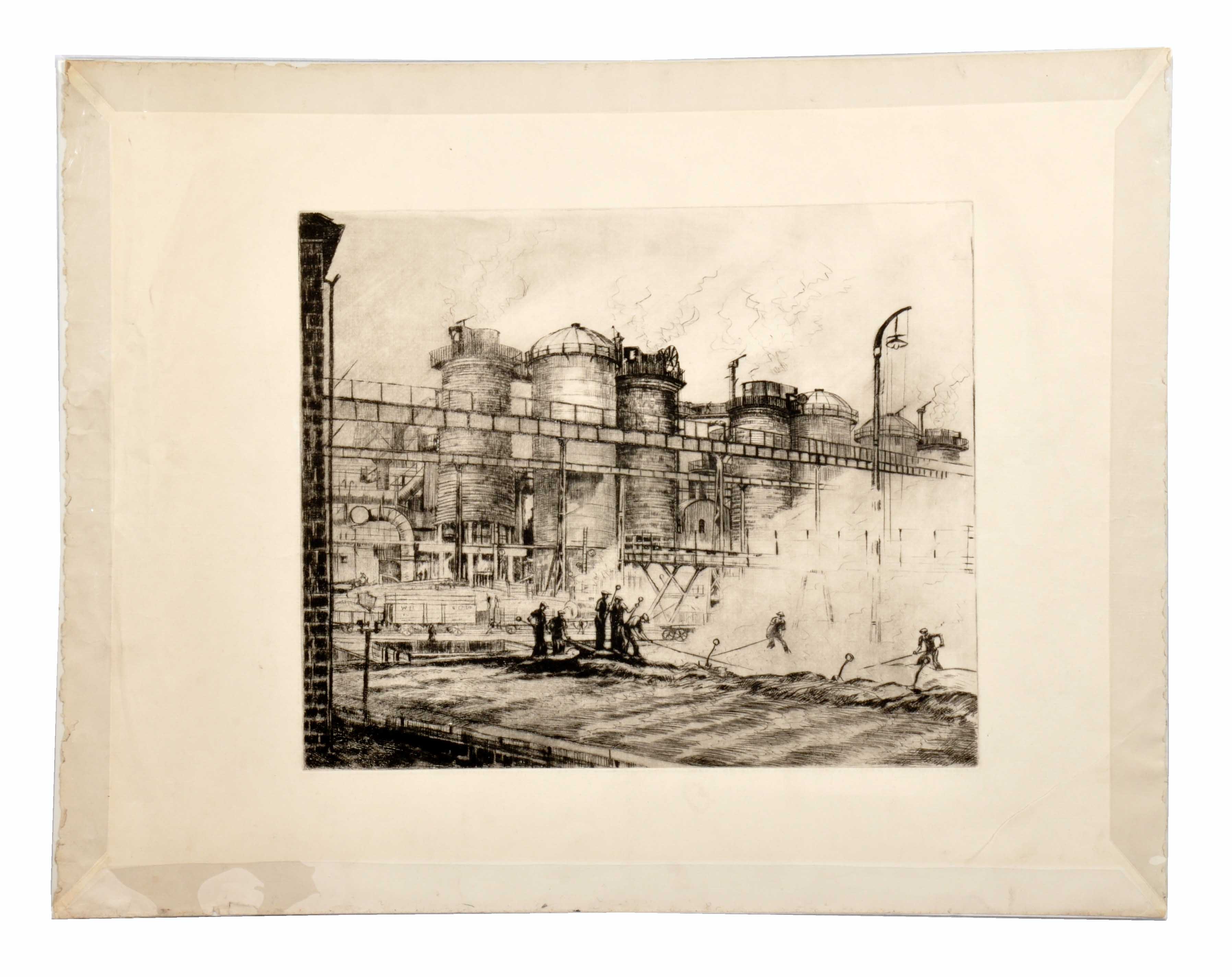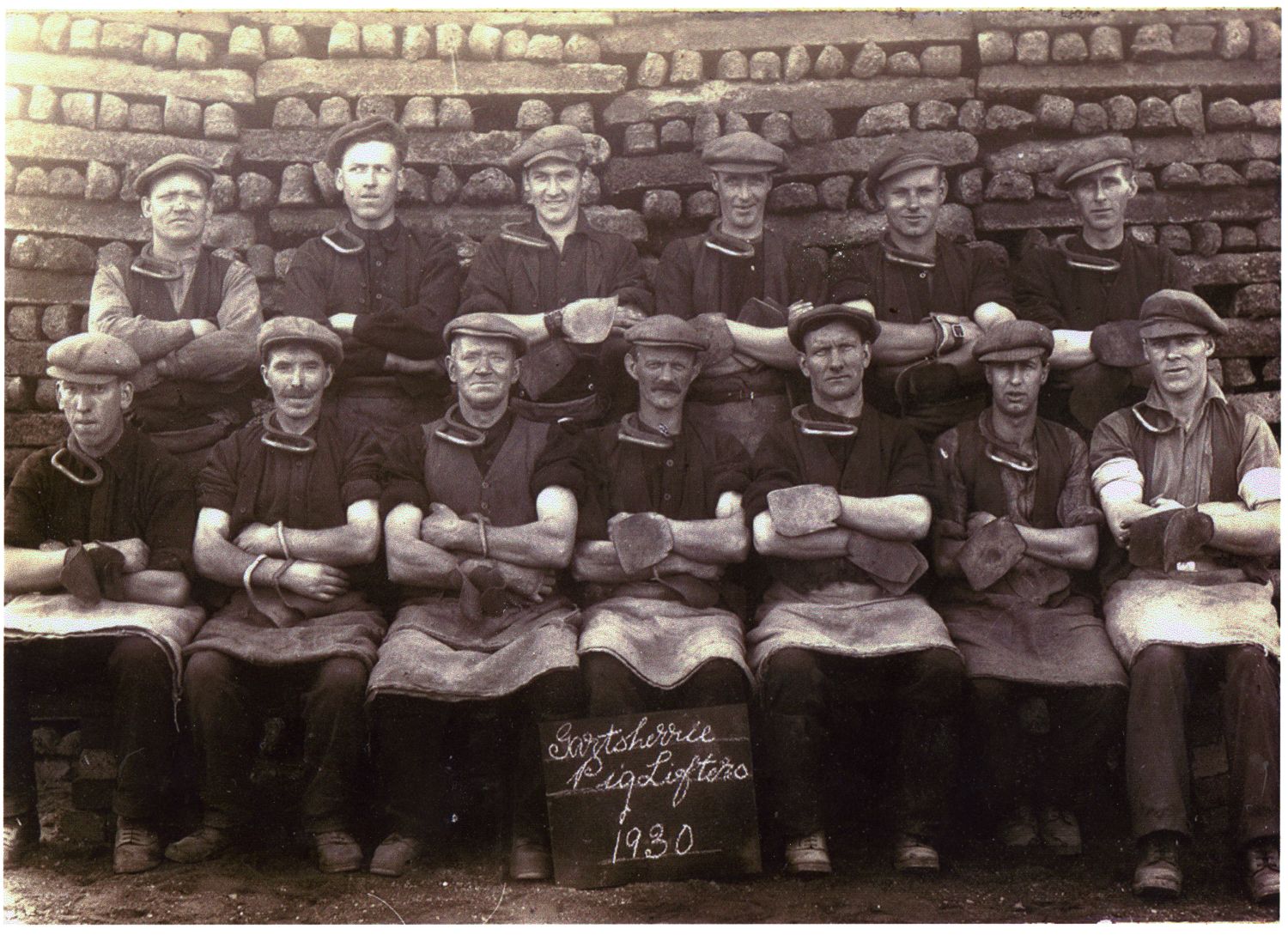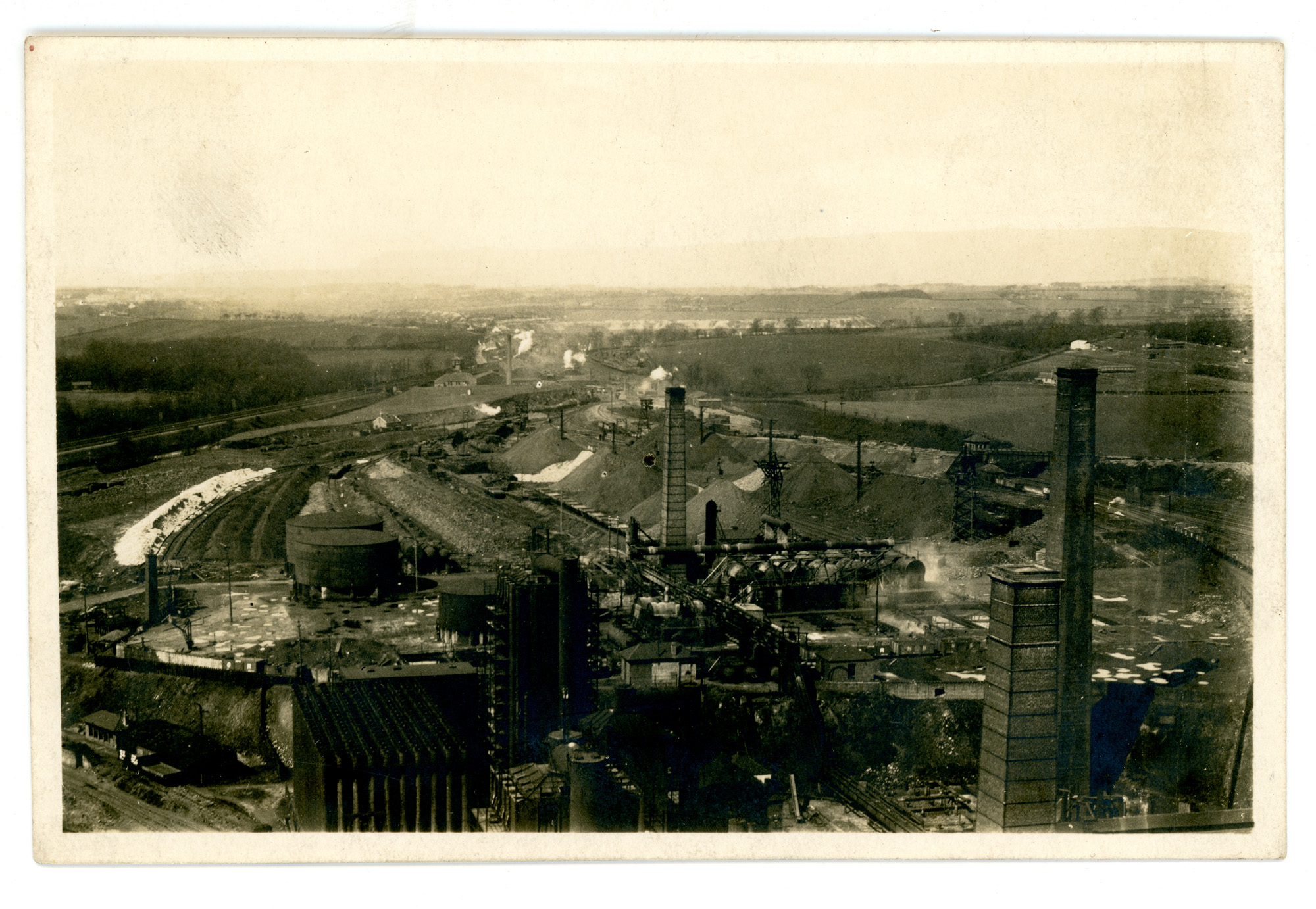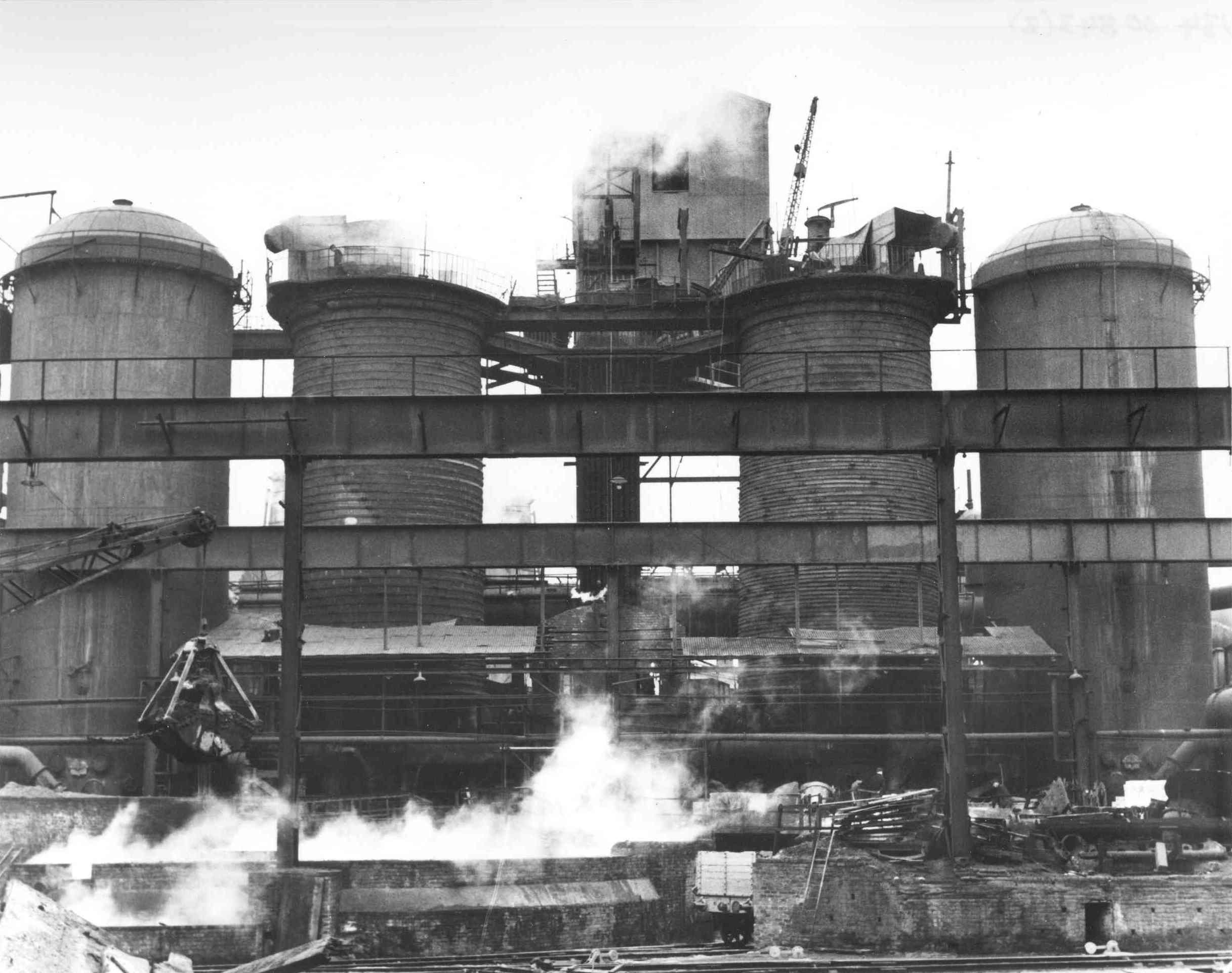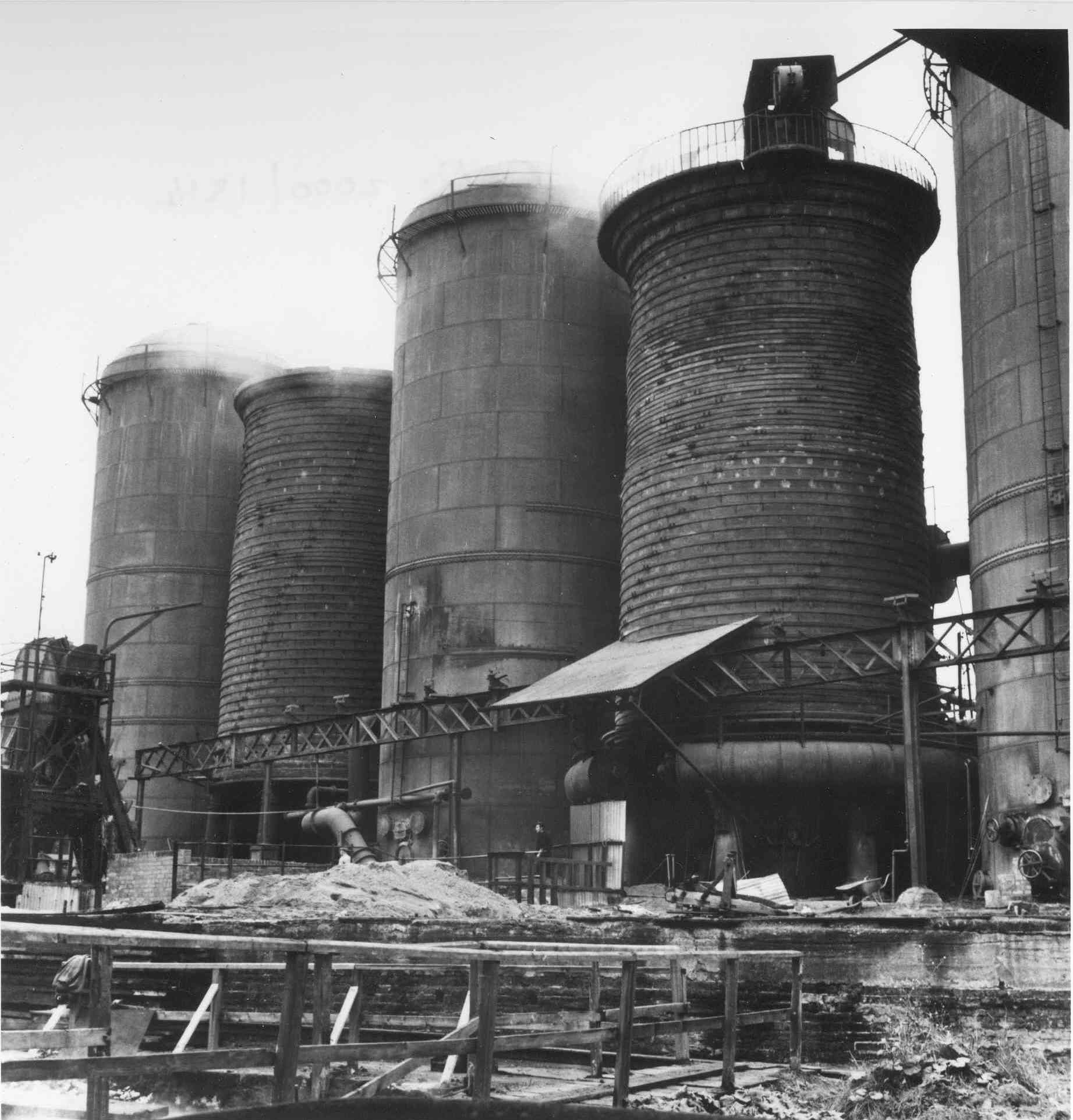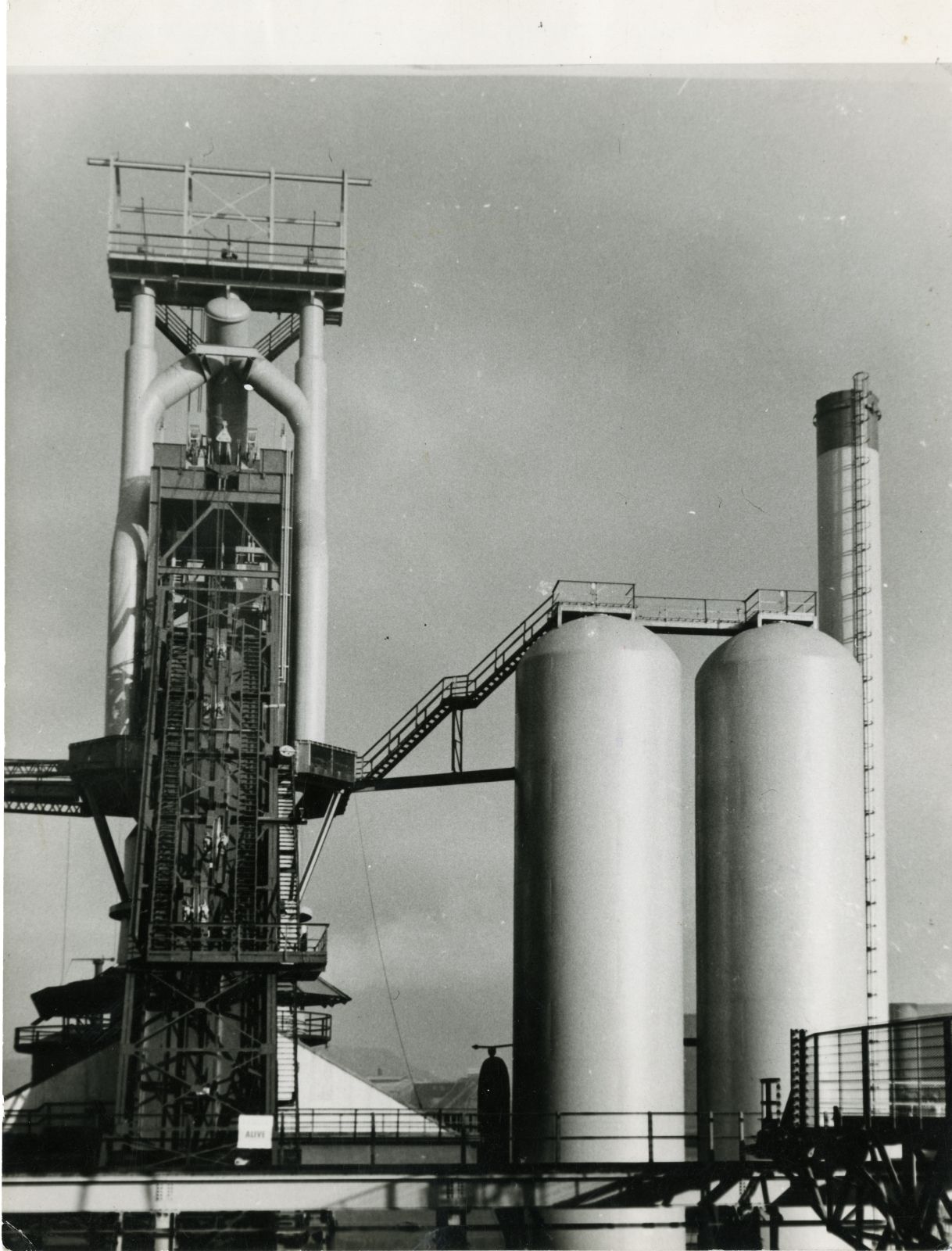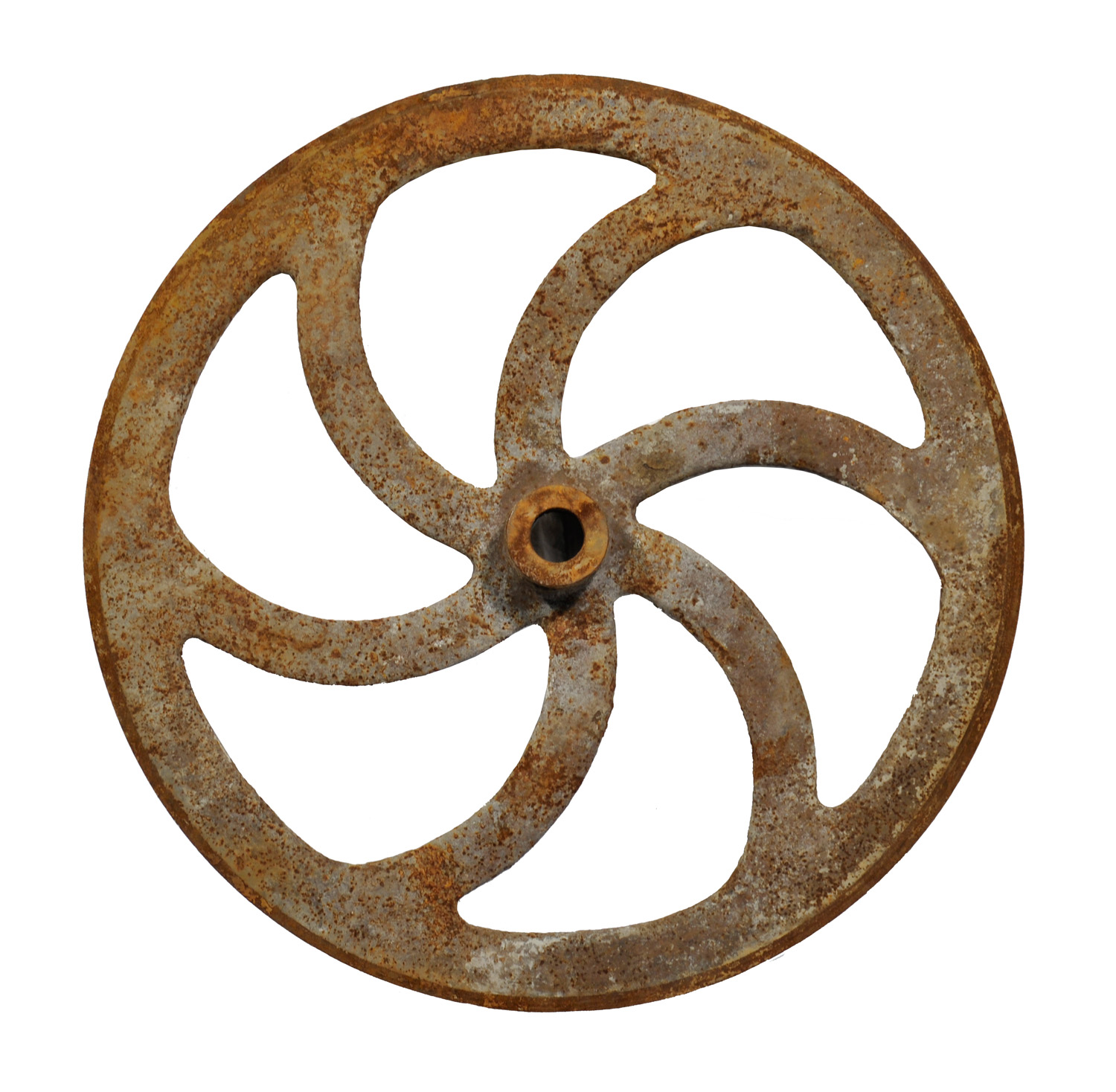The story of the Bairds, a farming family who became the dominant force in the Scottish iron industry is on the one hand a remarkable rags to riches journey but also reflects huge social changes that were transforming Scotland in the mid-1800s.
Farming Origins

Alexander Baird Snr, 1765-1833
William Baird was just one remarkable member of the family whose firm bore his name. In fact, his father Alexander and brother James were at least as significant in the Baird success story.
Alexander Baird Senior was born at Woodhead farmhouse, Old Monkland on 12 May 1765, the eldest of four children. His childhood combined hard labour on the family farm with a basic parish school education.
It would be Alexander who made his family prosperous on the back of high corn prices during the Napoleonic Wars. His eye for a business opportunity came into play again when he moved the family business from farming and into coal mining. Alexander himself, however then took a back seat, leaving his sons to run the business. As a tenant farmer he moved home several times during his life, but only ever within about three kilometers of his birthplace.
In 1785, at the age of twenty, Alexander became a sub-tenant of the lands of Woodhead that were leased by his uncle John and he continued to live there until 1798 when he took on the lands of Kirkwood, High Cross, Woodhead, Waukmill and Luggie Bridge-end for six years. He moved again in 1813 on taking a lease of lands at High Cross and of Langloan Mill, which he then sub-let.
Alexander Baird’s friendship with Miss Alexander of Airdrie House led to his move into the coal trade. She leased the Rochsolloch coalfield to him in about 1816.

William Baird from a painting by Graham Gilbert, around 1850.
Coal mining in the early 1800s was a speculative business with no certainty of success. However, in the Monklands the coal seams were close to the surface and often visible, particularly where the ground was eroded by watercourses.
In the late 1700s demand from the rapidly expanding city of Glasgow drove up the price of coal as nearby supplies dwindled. A solution to this had been the construction of the Monkland Canal which opened in 1793 and connected the coal fields of the Monklands with the city. This led to a coal mining boom as landowners increasingly offered-up leases on the mineral rights for their estates.
As mentioned before in about 1816 Alexander Baird took out a lease on coal reserves on the Rochsolloch Estate between Coatbridge and Airdrie. He put two of his sons in charge of the business. William took charge of day-to-day mining operations while his brother, Alexander Jnr handled the sales.
The Rochsolloch operation consisted of a ‘day level’, ie a sloping tunnel driven from the surface and a ‘gin pit’, that is a shaft serviced by a mechanical hoist, probably powered by a horse.
The business was so successful that the Baird brothers leased another site at Merryston. However, after only a few very profitable years the landlord took back the land and they were forced to find another site. It was then that they started mining at Gartsherrie, a little further north.
‘Blowing-in’
On 4 May 1830 the first Gartsherrie furnace was lit, the start of a whole new business for the Bairds. At this time James Baird took over active management of the business from his elder brother William. Like his brother James had difficulty finding staff with suitable experience, later modestly recalling:
We resolved to start. The furnace had been undergoing the process of heating for 2 weeks and before the blast was put on, the dam and twyers had to be put in. At this stage the two keepers were helpless. They stood like sheep and acknowledged that they could not do it. We had no bricklayer that had ever seen a dam put in, but knowing what sort of a thing was required and having got a general description of it from the keeper, I commenced, trowel in hand, and built in a good and substantial dam, and there was never a better built in Gartsherrie.
In 1828 James Beaumont Neilson patented his Hot Blast Process that dramatically increased the efficiency of blast furnaces. The process was compatible with the local blackband ironstone, avoiding the need to coke the coal before it went into the furnaces.
In 1826 work had begun on a branch of the Monkland Canal that would link the Gartsherrie No.1 and No.2 as well as the Summerlee pits with the canal proper.
That same year saw the area’s first public railway, the Monkland and Kirkintilloch open. It was joined in 1831 by the Garnkirk and Glasgow which linked Gartsherrie directly with Townhead in Glasgow.

Gartsherrie House is long demolished but the driveway survives as Colt Avenue.
The ‘Hot Blast Affair’
The first Gartsherrie furnace which was blown-in in 1830 was the very first to be purpose-built to use Neilson’s Hot Blast Process. In fact the decision to use Neilson’s new process seems to have been made after construction had already started which perhaps explains the furnace’s traditional form. The furnace was shaped like a pyramid, a design that dated back 200 years or more to the old charcoal-fired furnaces that were once common. Clearly then the decision to start making iron was not triggered by Neilson’s innovation.
The equipment for heating the blast was modelled on that which Neilson had experimented with in one of the furnaces at the Clyde Iron Works near Tollcross. Neilson appears to have advised on the setting-up of the hot blast plant at Gartsherrie as years later James Baird wrote:
The blast-heating apparatus with which the furnace no. 1 was blown was that which had been patented by Mr Neilson and it was constructed under his directions.
The new furnace had not been in production for long when the Bairds refused to negotiate a licence with Neilson to use his process and they stopped heating the blast.
However, just down the road Dixon’s Calder Iron Works had made a great success of the hot blast using an updated version of Neilson’s apparatus. Neilson persuaded Dixon not to patent this upgraded hot blast apparatus by offering him a cut of profits from patent licences as well as the right to use the hot blast in two of his furnaces duty-free.
Seeing this, the Bairds decided to resume use of the hot blast, despite not having a licence to do so. They agreed to sign a licence but then refused to pay duty, arguing that they were not using Neilson’s process. This coincided with the construction of a second furnace at Gartsherrie which used an updated hot blast apparatus designed by James Baird. This new furnace was the first to be circular, a design that would soon become standard for hot blast furnaces. The new hot blast apparatus involved heating the blast in a series of small iron pipes.
The matter went to court in 1833. After having a Bill of Suspension passed to allow them to press their case the Bairds suddenly dropped their case in October 1833 and offer to pay the patentees £400 and sign a new licence. Under the terms of this new licence the Bairds agreed not to challenge the patent at any time.
In 1839 the Bairds stopped paying licence duty without any warning, leading to a four year legal battle. In 1844 they agreed to settle out of court and had to pay £106,000, a huge sum of money at that time.
In the meantime the expansion of the Gartsherrie works had continued, with James Baird continuing to experiment with blast furnace design. Furnace No.2 (which can be seen in the picture below) was the world’s first circular blast furnace, creating a template that remains fundamentally unchanged to this day.
Feeding the Furnaces
William Baird and Co had been mining coal for years before they built an ironworks but now they needed a steady supply of not just coal but iron ore and limestone to feed the furnaces.
William Cameron was appointed Underground Manager in 1816, the year that Alexander Baird had leased the coal field at Rochsolloch. Cameron’s job was to plan and manage the company’s mine workings, something the Bairds had no experience in.
By the time the painting below was made in the 1850s by the famous portrait artist Daniel Macnee he was a trusted key member of the William Baird & Company management team.
The Iron Burgh

Gartsherrie staff, from an 1858 painting by Daniel Macnee. Here we see James Baird surrounded by his senior staff including on the far right his Underground Manager William Cameron.
By 1840 the Gartsherrie Works had reached its maximum size with the eight new furnaces of the ‘New Side’ completed. When added to the ‘Old Side’ this brought the total to 16. It took some time to bring all of the new furnaces into production probably due to the severe economic depression of 1842, but by 1843 annual production reached 100,000 tons making Gartsherrie probably the world’s largest pig iron works by output.
To all who may have visited an iron producing district such as Coatbridge, around which the fiery beacons flash, the scene on a dark night must have been most impressive; but what strange ideas would enter the mind of any man who had never been near or heard of an iron work, were he to be placed on top of the hill near Gartsherrie Church, and looked down for the first time on nearly two score and ten blast furnaces belching forth their forked flames, while the innumerable stalks and furnaces of the surrounding mills and forges darted out their meteor-like flashes of glaring white heat amid the gloom of darkness.
Andrew Miller, in ‘The Rise and Progress of Coatbridge and Surrounding Neighbourhood’, 1864
In 1875 James Baird had a lavish volume of his family history privately printed. ‘The Bairds of Gartsherrie’ contains these wonderful early photographs of the ironworks along with reproductions of family portraits.
The two banks of furnaces facing each other across the canal branch would be reconstructed in the 1880s and ’90s. However, here they look pretty much the same as in Stanley’s epic 1853 painting, ‘Gartsherrie by Night’.

Gartsherrie Iron Works ‘Old Side’, around 1875. The large pyramidal structure at centre-right is the no.1 furnace of 1830, which was not replaced until 1896.
James Baird and his team continued to innovate, particularly to improve the heating of the blast.

Design by James Baird for an improved hot blast stove, 1846.
The new stove design above was first put into service on Furnace No.9 in 1847 and you can see it in the photo below. The stove is at ground level, immediately to the right of the engine house on the left hand side and below the large circular air receiver.

Gartsherrie Iron Works ‘New Side’, around 1875.
Situated across Gartsherrie Road from the ironworks and isolated between the Gartsherrie Burn and the canal, the ‘Coal Hole’ was the nerve centre of the Gartsherrie operation. This two storey house served as an office, home and meeting place where clients and visitors would be welcomed. George Baird, who managed the above-ground mining operations, lived in the Coal Hole with his sister Jane, who kept house.
The house can be made out in the centre of the ‘Gartsherrie by Night’ painting, smoke rising from one of its chimneys.

The ‘Coal Hole’ at Gartsherrie, seen from the south. Gartsherrie Road runs across the image on the other side of the building. On the other side of the road is Gartsherrie Iron Works. The Gartsherrie Burn is on the left of the photo while on the right you can just see the Gartsherrie Branch of the Monkland Canal which here widened-out into a basin.
Expansion into Ayrshire
By 1845 there were some 60-odd blast furnaces in the wider Coatbridge area, all consuming the raw materials in the vicinity. This led James Baird to look further afield to the rich mineral deposits of the Ayrshire coalfield.
The company established new furnaces at Kilwinning, the Eglinton Iron Works and created a subsidiary, the Eglinton Iron Co to run it. This new company expanded over the next twenty years to operate five ironworks in Ayrshire, the others being Portland, Lugar, Muirkirk and Dalry. By 1864 the Bairds controlled 36 blast furnaces, 26 of which were in production.
The company had to look even further afield for iron ore, particularly when large-scale steel production largely replaced the malleable iron industry in the 1870s. Haematite ore was the ideal raw material for pig iron for use in steel-making and in the 1860s the company took a lease on iron ore deposits on the Earl of Lonsdale’s extensive estates in Cumberland.
The 1890s saw the firm buy the major Haematite reserves of El Cerro del Hierro (the Iron Mountain) in south-west Spain which it continued to exploit until the mid-1900s.
In 1911 William Baird and Company bought the Isle of Raasay Estate in the Western Isles for its ore reservces. When the First World War broke out the male population of the island went to fight, preventing the mine from going into production. However, from 1916 German prisoners-of-war were made to work in the mine, where the ore was extracted, crushed and calcinated before being loaded onto ships. The remains of the mine can still be seen.
Andrew Kirkwood McCosh succeeded his father of the same name to the role of Managing Director of William Baird and Company. He also played a crucial role in the industry during the Second World War.
New Challenges & a New Start
After a boost from war demand during the First World War the iron industry went into steep decline. Steel was now the dominant production material and the new industry had its centre further south in Motherwell. By the late 1930s all of the Coatbridge pig iron works had closed with the exceptions of Gartsherrie and Woodside.
Gartsherrie’s saviour came in a partnership with Coatbridge’s only major steelworks, Northburn. In 1938 Baird’s and the Scottish Iron & Steel Company merged to create Bairds and Scottish Steel, with Gartsherrie supplying the pig iron for Northburn’s steel furnaces.
In 1951 the steel industry was nationalised for the first time and Bairds and Scottish Steel became part of the new government-owned Iron & Steel Corporation of Great Britain. This marked the end of William Baird & Co’s involvement with Gartsherrie as when the industry was de-nationalised in 1953 the company declined to buy the ageing works back.
The Gartsherrie Works, which had once held a reputation for technical excellence and innovation were now uncompetitive and in need of modernisation, a point that was demonstrated dramatically in 1954 by a furnace explosion.
Gartsherrie Iron Works was modernised during the 1950s, the first modern blast furnace being completed in 1960. This new start would be short-lived, though as rationalisation of the industry saw steel production concentrated in the integrated steelworks at Ravenscraig. Gartsherrie cast its last iron in 1967, bringing to an end a 137 year story.
In 2012 workers excavating a sewage pipe on the route of the canal branch at Gartsherrie uncovered a number of artefacts including charging barrow wheels, a foundry ladle and a boiler jacket. These items may have been dumped into the disused canal during the reconstruction of the ironworks in the 1950s. Who knows what else is still to be uncovered, perhaps the foundations of Baird’s furnace number 1?


